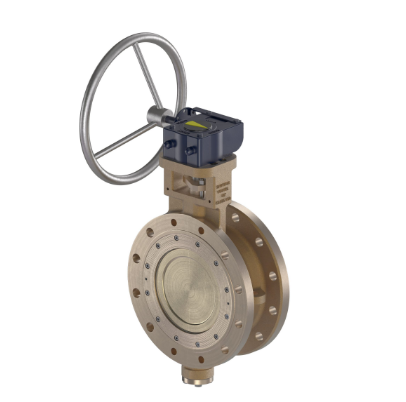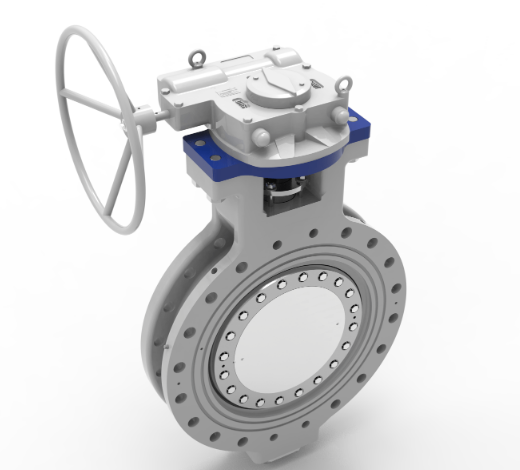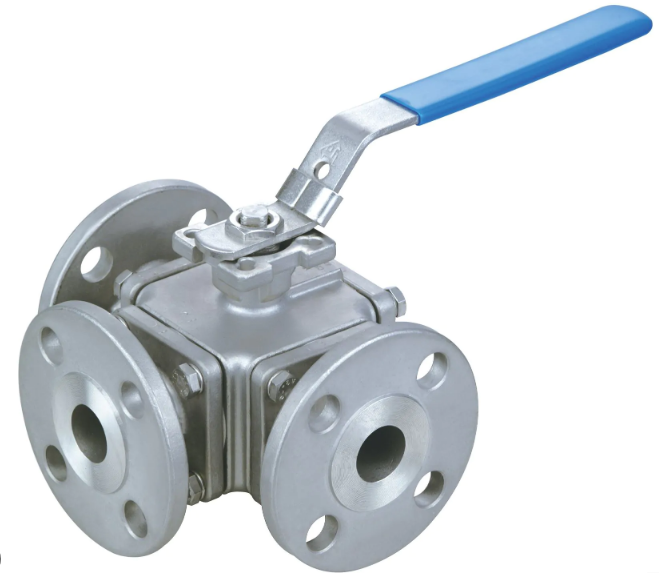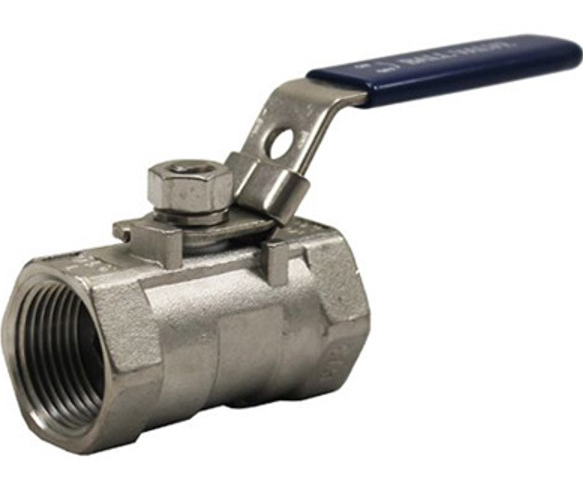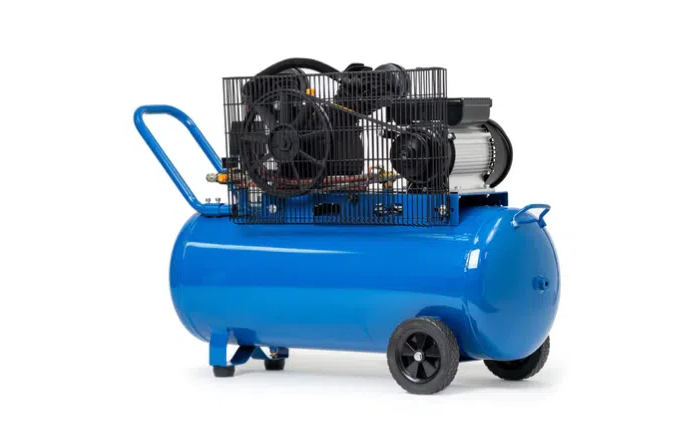Introduction
A pneumatic actuator with manual override is a type of valve actuator that uses compressed air to generate mechanical motion, while also providing a manual control mechanism in case of air supply failure or emergency operation. This dual capability ensures both automation efficiency and operational safety, making it widely used in industrial process control.
What is a Pneumatic Actuator with Manual Override?
A pneumatic actuator converts compressed air energy into linear or rotary motion to operate valves such as ball valves, butterfly valves, or gate valves. The manual override feature allows an operator to mechanically operate the valve when the pneumatic system is not available—such as during maintenance, power outages, or system malfunctions.
Key Components
-
Pneumatic Cylinder – Provides motion via compressed air.
-
Manual Handwheel or Lever – Allows manual operation without air pressure.
-
Gear Mechanism – Transfers manual force to valve movement.
-
Limit Stops & Position Indicators – Ensure accurate control and safety.
Working Principle
-
Normal Operation (Pneumatic Mode)
Compressed air enters the actuator chamber, creating pressure that moves the piston or vane, turning or moving the valve to the desired position. -
Manual Override Mode
-
Air supply is cut off or system fails.
-
Operator engages the manual override handwheel/lever.
-
Gear system bypasses the pneumatic drive to move the valve.
-
Manual control ensures process continuity or safe shutdown.
-
Advantages of Manual Override
-
Safety Assurance – Enables emergency valve control during power or air failure.
-
Maintenance Flexibility – Allows valve operation without energizing the pneumatic system.
-
Process Continuity – Prevents costly downtime in critical processes.
-
Operator Control – Provides human intervention capability in automated systems.
Applications
-
Oil & Gas Industry – Emergency shutoff valves in hazardous areas.
-
Water Treatment Plants – Manual control during pump station maintenance.
-
Chemical Processing – Handling safety-critical fluids.
-
Power Generation – Boiler feedwater and steam line control.
-
Food & Beverage Industry – Hygienic process lines with backup control.
Selection Considerations
When choosing a pneumatic actuator with manual override, consider:
-
Valve Type & Size – Ensure actuator torque matches valve requirements.
-
Operating Pressure – Typically 3–8 bar for industrial pneumatic systems.
-
Override Type – Declutchable handwheel, direct drive, or gear-operated.
-
Environmental Conditions – Corrosion resistance, explosion-proof design if needed.
-
Maintenance Access – Space for manual operation in tight installations.
Maintenance Tips
-
Regular Lubrication – Prevents gear wear in manual override mechanism.
-
Air Quality Control – Use filters to avoid pneumatic system contamination.
-
Periodic Testing – Ensure manual override operates smoothly.
-
Seal Inspection – Prevent air leaks and maintain actuator efficiency.
Conclusion
A pneumatic actuator with manual override is essential for industries where safety, reliability, and flexibility are critical. By combining automated air-driven operation with manual backup control, it ensures uninterrupted process management and enhanced safety standards.
If you want to learn more about low-priced products, please visit the following website: www.xm-valveactuator.com







